Can water seep up through a concrete basement floor???
Missy Benton
12 years ago
Featured Answer
Comments (13)
Missy Benton
12 years agoRelated Professionals
Bonney Lake Architects & Building Designers · Ken Caryl Architects & Building Designers · Schiller Park Architects & Building Designers · Oak Hills Design-Build Firms · Lincolnia Home Builders · Four Corners Home Builders · Homestead Home Builders · Stanford Home Builders · Browns Mills General Contractors · DeKalb General Contractors · Hanford General Contractors · Los Lunas General Contractors · Niles General Contractors · Williston General Contractors · Austintown General Contractorsmarie_ndcal
12 years agorenovator8
12 years agoMissy Benton
12 years agorenovator8
12 years agobrickeyee
12 years agoMissy Benton
12 years agoworthy
12 years agorenovator8
12 years agoMissy Benton
12 years agostinkytiger
12 years agobrickeyee
12 years ago
Related Stories

FLOORSFloors Warm Up to Radiant Heat
Toasty toes and money saved are just two benefits of radiant heat under your concrete, wood or tile floors
Full Story
LANDSCAPE DESIGNHow to Move Water Through Your Landscape
Swales, underground pipes or a mix of both: There’s more than one way to distribute water in the garden
Full Story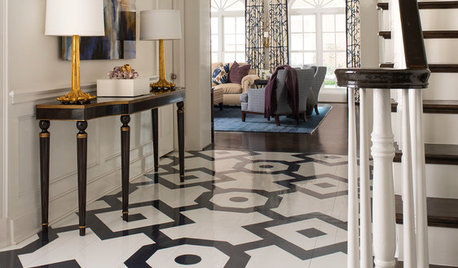
FLOORS6 Alternative Flooring Ideas to Kick Up Your Style
Rubber, cork, concrete and other materials are worthy options in lieu of hardwood or tile
Full Story
HOUZZ TOURSHouzz TV: See a Modern Family Farmhouse That Can Pick Up and Move
In the latest episode of Houzz TV, watch California architect build a beautifully practical cabin to jumpstart his parents' new farm
Full Story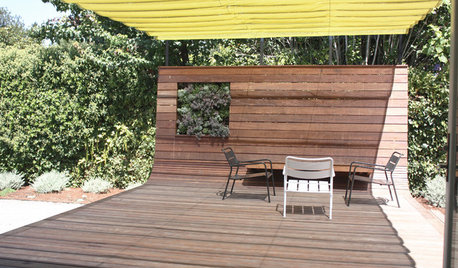
DECKSA Family-Friendly California Yard Wises Up About Water
Pavers and unthirsty plants replace Kentucky bluegrass in a Menlo Park landscape for a family of 4
Full Story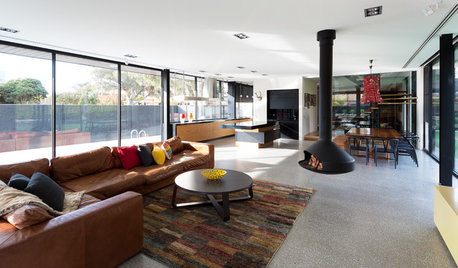
FLOORSKnow Your Flooring: Concrete
Concrete floors have a raw and elegant beauty that can be surprisingly warm
Full Story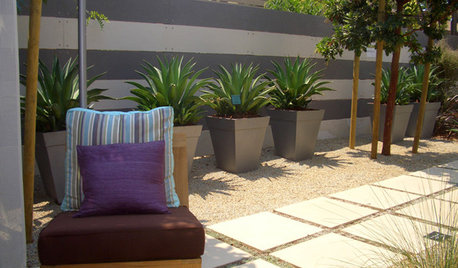
GARDENING AND LANDSCAPINGPermeable Paving Soaks Up Rain
Design garden hardscaping that allows rain to penetrate through to the earth below
Full Story
BATHROOM WORKBOOKStandard Fixture Dimensions and Measurements for a Primary Bath
Create a luxe bathroom that functions well with these key measurements and layout tips
Full Story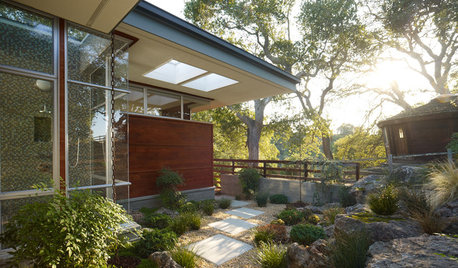
LANDSCAPE DESIGNSoak It Up: How to Manage Stormwater in Your Landscape
Permeable paving, gravel beds and planted areas in your yard can absorb and cleanse stormwater runoff. Here's how it works
Full Story
PETS5 Finishes Pets and Kids Can’t Destroy — and 5 to Avoid
Save your sanity and your decorating budget by choosing materials and surfaces that can stand up to abuse
Full StoryMore Discussions







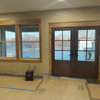

renovator8